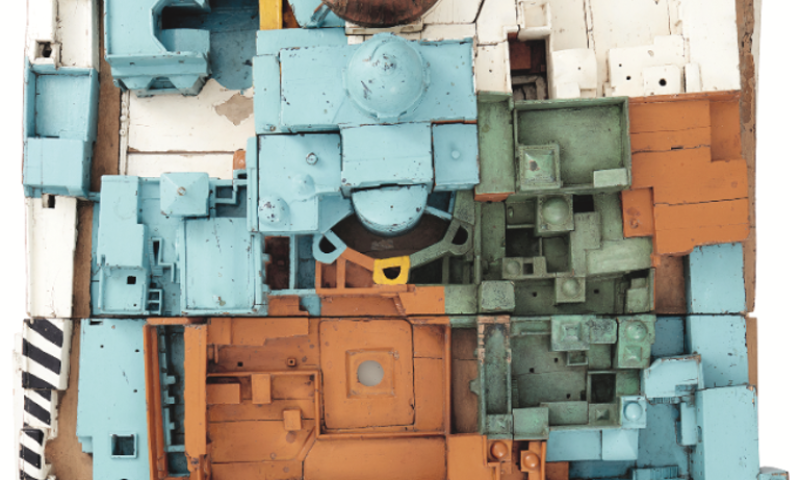Exhibition Overview

Conrad S. Schick, Model of the Church of the Holy Sepulchre, Jerusalem, 1862.
In Statu Quo: Structures of Negotiation is the theme of the Israeli Pavilion at the 16th International Architecture Exhibition, La Biennale di Venezia (2018). Curated by Ifat Finkelman, Deborah Pinto Fdeda, Oren Sagiv and Tania Coen-Uzzielli it traces the complex mechanism of the 'Status Quo' within shared holy places in Israel-Palestine, which functions as a controversial and fragile system of coexistence.
In Statu Quo: Structures of Negotiation offers a contemporary reading of this unique, dynamic and ever-challenged phenomenon and its impact on the local landscape. The exhibition focuses on five major holy sites, each highlights a different theme while bringing together various scales and spatial formations: “Choreography” traces rituals—religious or mundane—as protocols in space and time in the Church of the Holy Sepulchre (Jerusalem); “Project” outlines the ongoing negotiation over the Western Wall Plaza (Jerusalem) through architectural speculations; “Scenography” looks at the Cave of the Patriarchs (Hebron/Al-Khalil) as a space in transition where simple objects are used, just like stage set elements, to define the changing identity of the place; “Landscape” considers Rachel’s Tomb (Bethlehem) as a landscape in the making, a palimpsest written and re-written through current events; and “Ascent” presents the Mughrabi bridge going up the Temple Mount/ Al-Haram al-Sharif/ Al-Aqsa as a temporary infrastructure, framing the charged status of the place.
(Photo: Adi Gilad.)
Read Less